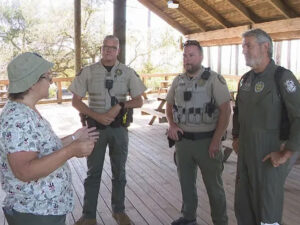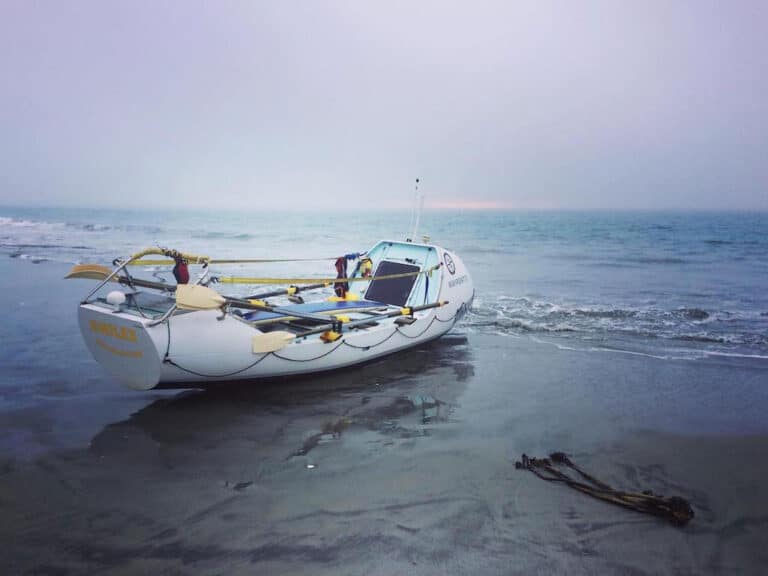
Since the first day man set sail, navigation has been a critical component to safety and security on the high seas. When it comes to the basics of knowing where you are going and how to get there, can you make the grade? If not, these tidbits of knowledge will help set you on the right track.
- A sextant is an ancient mariners tool that allows the navigator to measure the angle between a celestial object and the horizon. This process, called shooting the object, is an essential component of celestial navigation.
- GPS is based on a system of 24 satellites orbiting the globe that are used to determine a precise fix on a vessel’s location through a GPS receiver.
- For navigation purposes, the earth is divided from north to south by 360 longitudinal lines called degrees. They are further divided into “minutes” and “seconds” to allow navigators to more accurately indicate position.
- The Coast Guard and Homeland Security determined in 2009 that it was no longer needed for U.S. marine navigation. They ceased its signal transmission in 2010, along with related chayka signal transmissions, the Russian loran equivalent.
- Red channel markers are on the port side of the channel when leaving a harbor and feature even numbers; they shouldn’t be confused with Intracoastal Waterway markers, however, in which the red markers are always on the mainland side.
- Though reliable, GPS units are only an aid to navigation and are no substitute for being a prudent mariner who knows how to use a compass, landmarks and, for offshore voyaging, a sextant.
- The latitude of a given point is also expressed in degrees, minutes and seconds (00° 00′ 00″).
- The safe-water marker, with contains white and red vertical strips, indicates that you may pass on either side and indicates the middle of a channel or a fairway.
- The prime meridian runs through the Greenwich Observatory in Greenwich, England. The coordinates of the observatory are 51° 28′ 38″ N 00° 00′ 00″ W.
- One degree of latitude is equal to 69 statute miles, 60 nautical miles and 111 kilometers.








